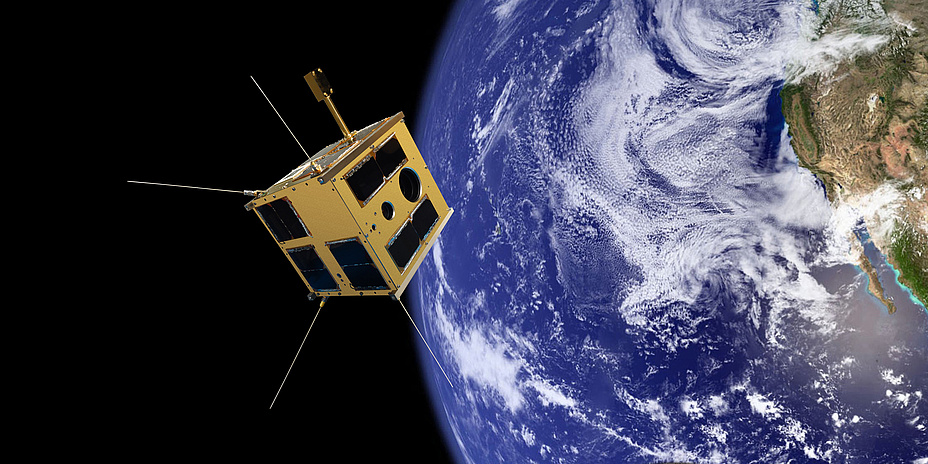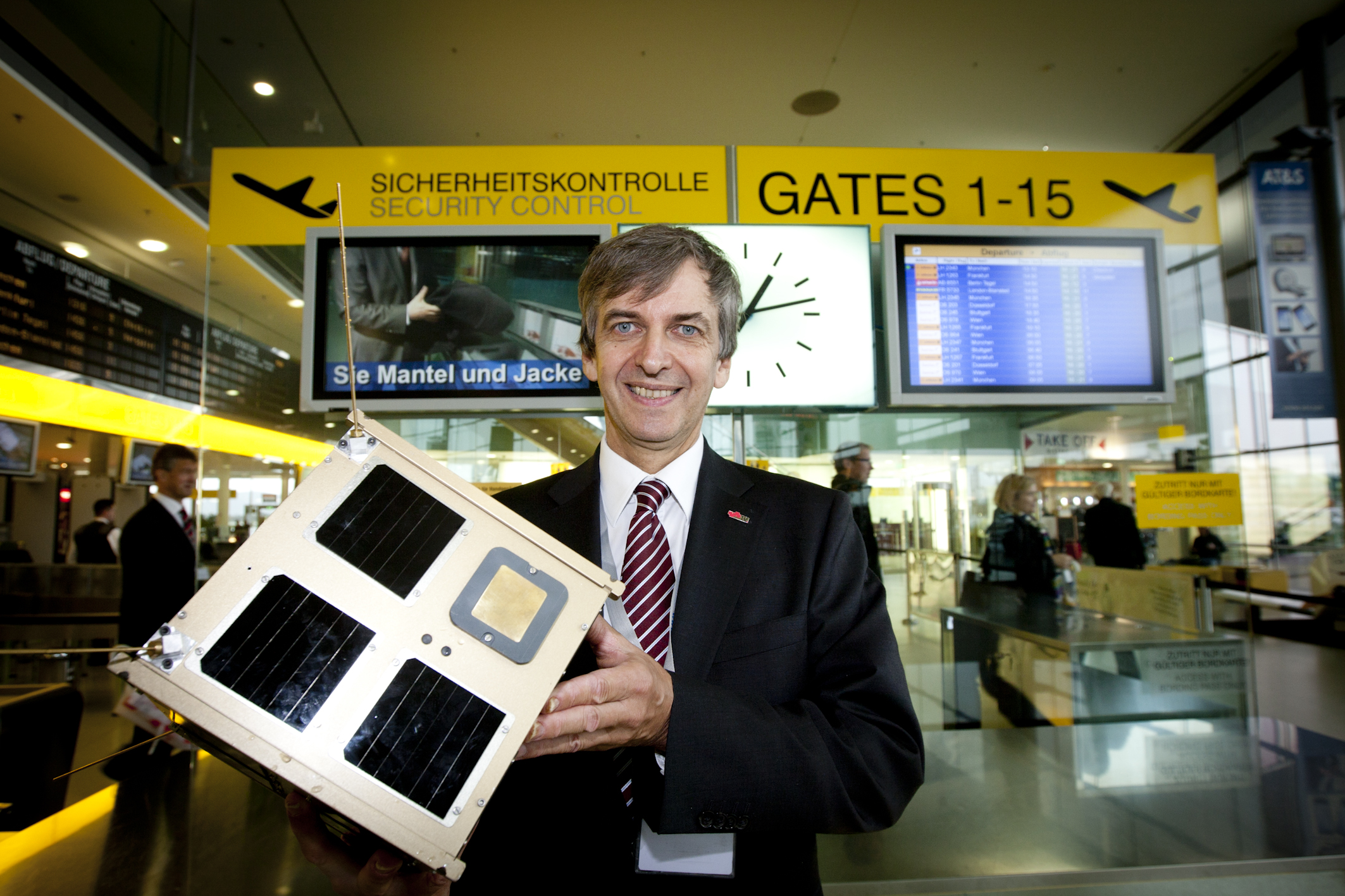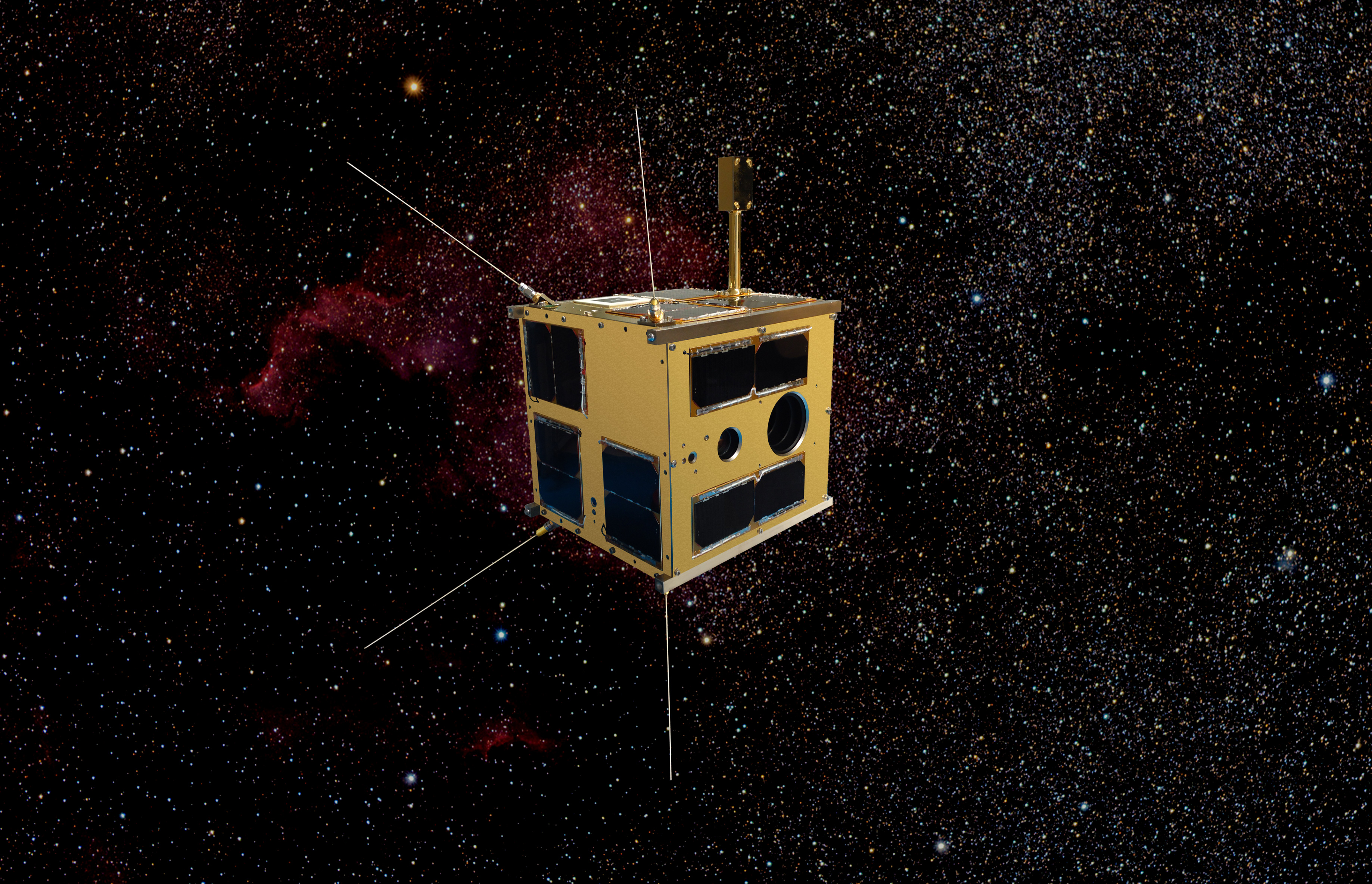Four years in space: Austrian BRITE satellites

Millions of measurements on 350 stars
In more than 2.5 million individual measurements, the instruments of the BRITE satellites have up to now included 350 single stars in 17 observation cycles. What is important is that the fluctuations in brightness of the selected stars, for instance, those of the constellation Orion, are fully documented. This can be done due to the cooperation of the BRITE fleet. At least one of the satellites always has visual contact with the star field. The brightness measurements are carried out on the red and blue wavelength ranges using small space telescopes and digital cameras on board the satellites. Rainer Kuschnig from the Institute of Communication Networks and Satellite Communications elaborates: “The observed pulsation frequencies enable us to take a look at the interior of the star by means of applied asteroseismology. Among other things, we’ve discovered new pulsating stars, and investigated the complex interaction between the stars and their gas and dust disks in their immediate vicinity. On top of this, thanks to the BRITE satellites, we’ve found stars with huge sunspots on their surfaces and analysed binary star systems.”Beta Pictoris – a new kid on the block among heavenly bodies
The BRITE satellites are currently engaged in a multinational campaign of observation on the star Beta Pictoris. What’s so special about this star? Less than 30 million years old, it is extremely young in astronomical terms, and is also orbited by a planet. Findings about its formation could lead ideally to drawing conclusions about the formation of the Earth.Scientifically productive
To date, 12 peer-reviewed articles in well-known journals have been published making use of the mission’s gathered data and its classification. The current publication rate is at one new article per month. After BRITE conferences in Gdansk, Poland, and Innsbruck, some 60 of the mission’s scientists and other interested persons will meet in August this year in Montreal, Canada. “The BRITE mission is impressive proof that challenging scientific issues can be investigated using small, economical satellites,” sums up Otto Koudelka. Data analysis shows that the satellites can transmit data of high scientific quality for at least another two years.
Kontakt
Otto KOUDELKA
Univ.-Prof. Dipl.-Ing. Dr.techn.
TU Graz | Institute of Comm. Networks and Satellite Comm.
Phone: +43 316 873 7440
Email: <link int-link-mail window for sending>koudelka@tugraz.at
UniBRITE
Werner WEISS
Univ.-Prof.i.R. Dr. Dipl.-Ing.
University of Vienna | Institute of Astronomy
Phone: +43 664 7347 8374
Email: <link int-link-mail window for sending>werner.weiss@univie.ac.at





